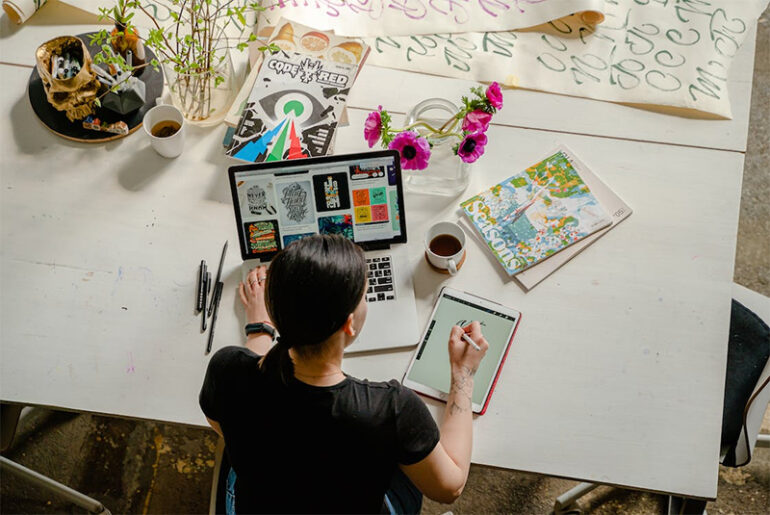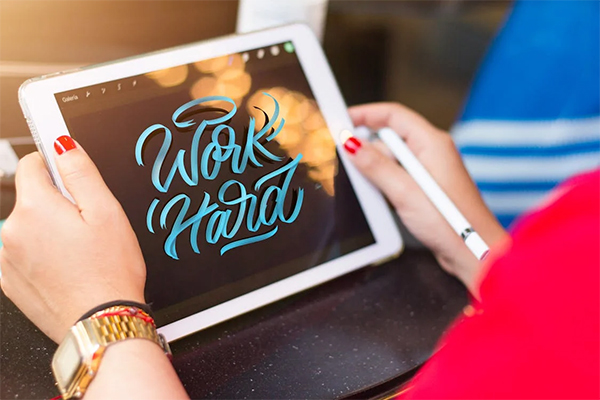There is a very thin line where art meets technology, a point where both culminate, changing the creative world and giving rise to a new era of ideas and forms. Using modern digital technologies and interactive tools, new-age artists strive to overthrow the canons of traditional art and propose to people from every corner of the globe their own ways of communicating with creativity. From the emergence of virtual and augmented reality experiences to the use of AI and machine learning in art, the union of these two fields does wonders not only in making the creative process much better but also in giving artists a myriad of new ways to experiment and break the boundaries of classical forms of art.
The Intersection of Art and Technology
Unprecedented ways are emerging where art and technology meet, changing the creative environment. This mixing opens the door to new ideas that go beyond the limits of what is normally possible. Artists now use digital platforms and cutting-edge tools to push the limits of their ideas and change the rules of art. Adding technology to the art world without any problems not only makes it easier to be creative, but it also gives artists new ways to connect with people all over the world.
Digital Tools Transforming the Creative Process
Adding digital tools to artists’ work has changed how they think about and make their products. These tools, like advanced software that lets you make complex digital designs and virtual reality apps that let you have full artistic experiences, give artists the freedom to explore new creative areas. Digital technologies have made the creative process more open to everyone. They let artists from all walks of life explore, work together, and come up with new ideas in ways that were previously unthinkable.
Virtual and Augmented Reality in Art
Immersive technologies, like virtual and augmented reality, are changing the art world by giving people new ways to interact with and experience works of art. VR lets people visit virtual art shows and interact with works of art in ways that are not possible in real life. AR adds digital elements to the real world, making art pieces that are dynamic and engaging. These tools not only make the experience better for viewers, but they also give artists new ways to be creative and push the limits of art.
AI and Machine Learning in Artistic Expression
AI and machine learning are changing the way artists express themselves by giving them new ways to make art and connect with it. These technologies look at huge amounts of data to find new trends and ideas that artists can use in their work. AI tools let artists try out new techniques and push the limits of traditional art forms. They can do things like create art pieces on their own or help artists with the creative process. This creates a lively and innovative art environment.
Along with art, technology puts forward an era that is going to define inspiration—an era when artists will be able to go into hitherto unimagined territories and push the limits of possibility. Art is changing at a fast pace now, with the seamless interplay of digital tools, the immersive technologies of virtual and augmented realities, and the game-changing powers of AI and machine learning. This combination enhances not only the very process of creativity but gives artists new ways to delve deeper into more people than ever before around the world to find and push the very boundaries of artistic expression.
Photo Attribution:
1st and featured image by https://www.pexels.com/photo/photo-of-woman-writing-on-tablet-computer-while-using-laptop-4348401/
2nd image by https://www.pexels.com/photo/woman-holding-white-tablet-computer-1110357/

